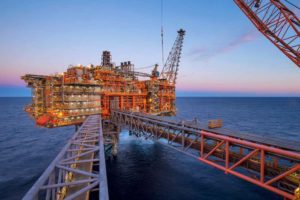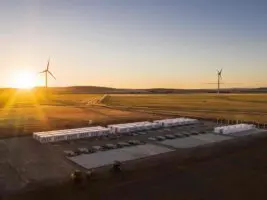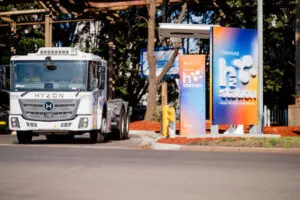Hunter Valley clean energy businesses say there is no need for the federal Coalition government’s proposed new gas plant at Kurri Kurri, as a senior energy official also questioned the viability of the project and others in the industry said it would be impossible to build it in time to replace the Liddell coal generator.
The Morrison government has repeatedly threatened to build – through its wholly owned Snowy Hydro – a gas plant of up to 1,000MW if the private sector did not respond adequately to the perceived shortfall created by the planned closure of Liddell in early 2023.
Energy minister Angus Taylor still argues that the shortfall, which he now brands as an “economic” one rather than a physical one, remains close to 1,000MW, despite the numerous battery storage, coal upgrade and renewable energy investment projects put forward. AEMO puts the shortfall at just 154MW.
The energy industry itself has made it clear that Taylor’s threat has likely caused private companies to think twice about any investments. EnergyAustralia is still considering a 300MW addition to its Tallawarra gas generator and Andrew Forrest is yet to decide on a 660MW gas generator through Squadron Energy.
A spokesperson for EnergyAustralia said that the company was “still working toward a final investment decision” on the gas generator proposal that would sit alongside the company’s existing 435MW gas generator at Tallawarra.
AGL Energy has also paused its own plans for a 250MW gas fired generator at the Tomago industrial hub as the company assesses the impact of the NSW government’s energy infrastructure roadmap, but the company is still progressing other plans to invest in replacement capacity ahead of its closure of Liddell.
“We are continuing closure and transition plans for Liddell while at the same time progressing investments in projects that transition our energy portfolio,” a spokesperson for AGL Energy told RenewEconomy. “Our development plans include a 150MW grid-scale battery, a waste to energy facility, electrothermal solar storage, as well as site specific development opportunities using our strategic asset base.”
“An Energy Hub at Liddell will benefit from unique energy infrastructure and support the development of low emission technologies as well as helping provide opportunities for new jobs and economic development in the Upper Hunter region.”
A spokesperson for Origin Energy told RenewEconomy that the company won’t be making any new commitments to gas generators, but pointed to previously announced plans to build a massive 700MW big battery at the site of its Eraring power station.
Taylor reiterated during a webinar on Friday that the Morrison government would ‘step back’ if the private market came forward with 1,000MW of new generation commitments, but would intervene in the market if it did not.
Taylor did not give a timeline for when a formal decision would be made about whether the government will proceed with the Kurri Kurri plant.
But no one outside Taylor’s office and Snowy Hydro is applauding his threat of intervention.
Chair of the Energy Security Board, Kerry Schott, told Guardian Australia on Friday that the gas plant proposal did not stack up and questioned whether it could deliver on promised reductions in electricity prices.
One senior energy executive, who declined to be named, also said it would be impossible for Snowy Hydro to gain all the necessary planning approvals, and build a new generator, in time for Liddell’s closure.
Andrew Mears, who heads SwitchDin, a Newcastle based developer of energy coordination and virtual power plant platforms, said governments should be looking to leverage the opportunities being created by renewable energy technologies.
“There’s just no need to try and force gas to play this bit role,” Mears told RenewEconomy.
“Putting in a new gas plant when we have got better alternatives to manage reliability and cost challenges is just illogical. Renewable energy has the potential to create many more and diverse types of jobs that struggling gas and coal industries just won’t be able to sustain.
“SwitchDin is engaged in both of these areas, with a platform for managing distributed energy resources to be coordinated effectively with the operation of the grid to boost reliability, and we are also a technology company – an example of the type of opportunities being created by the renewable energy sector.”
Another Newcastle based business, Energy Renaissance, which is looking to establish itself as one of Australia’s first lithium-ion battery producers, said that renewables offered a better alternative source of low cost power. It was part of a Beyond Zero Emissions led venture to establish a renewable energy industry hub in Newcastle, that itself was powered entirely with renewable energy sources.
“Low-cost electricity is the key to sustaining and reviving our manufacturing sector,” Energy Renaissance managing director Mark Chilcote said. “Renewables offers the lowest-cost option for new electricity generation and it is clear this will soon be cheaper than relying on fossil fuel alternatives.
“By increasing the adoption of renewable energy, this will support manufacturers in a Renewable Energy Industry Precinct to be powered by 100% renewable energy. As a battery manufacturer that is based in Tomago, Energy Renaissance’s goal is to be energy independent by powering 100% of our operations with a 500kW rooftop solar system when our manufacturing facility is built.”










